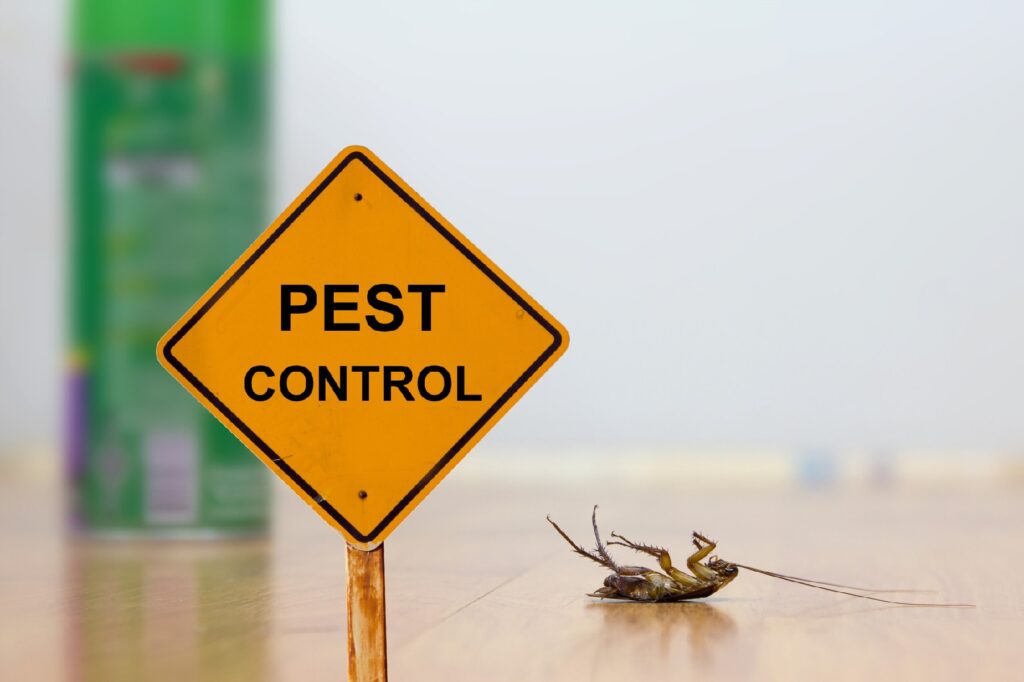Bed Insect Treatment Malfunction: Contrasting Chemical Vs. Non-Chemical Solutions
In the realm of bug control, especially when managing the persistent problem of bed insects, the choice between chemical and non-chemical treatment options can be an essential one. Both methods offer unique advantages and downsides, affecting factors such as efficiency, security factors to consider, and general price. By checking out the nuanced information of each method, a clearer understanding of which path to go after in addressing a bed insect invasion can be obtained.
Performance of Chemical Treatments
Chemical treatments for bed insect invasions have been commonly identified for their powerful and fast effectiveness in getting rid of these pests. When considering the effectiveness of chemical therapies, it is critical to recognize that they can supply a detailed and fast solution to a bed bug trouble.
Additionally, chemical treatments have the benefit of providing recurring impacts, implying that they can proceed to get rid of bed pests even after the first application. This recurring action is especially helpful in combating any type of potential re-infestations. In addition, the quick activity of chemical therapies can bring alleviation to individuals encountering serious bed insect problems, enabling them to regain control of their space quickly.
Safety Worry About Chemical Solutions
One essential aspect that needs mindful consideration when making use of chemical options for bed insect treatment is ensuring the safety and security of passengers and the setting. Direct exposure to certain chemicals made use of in bed pest treatments can lead to respiratory system problems, skin irritation, or various other unfavorable responses, particularly in people with pre-existing conditions or sensitivities.
Additionally, the environmental impact of chemical services is one more considerable factor to consider. Some chemicals utilized in bed pest treatments may be harmful to beneficial pests, wildlife, and communities if they seep right into the soil or water supply. It is necessary to make use of chemical therapies carefully, complying with security standards, and taking into consideration less harmful options to minimize these threats and make certain the secure and efficient management of bed bug problems.
Advantages of Non-Chemical Techniques
Considering the possible security concerns and ecological effect related to chemical solutions for bed bug treatment, checking out non-chemical methods offers a promising option with a number of unique benefits. Non-chemical techniques offer a safer choice for homes, specifically those with people, pets, or kids delicate to harsh chemicals. These carpenter ants pest control approaches eliminate the risks of exposure to toxic substances, reducing the potential for unfavorable health results. Furthermore, non-chemical treatments are eco-friendly, as they do not contribute to air or water contamination, making them a lasting choice for insect control.
Additionally, non-chemical options can be effective in targeting bed pests, including hard-to-reach areas where chemical treatments might not pass through - A1 exterminator charlotte nc. Approaches such as heat treatment, vacuuming, steam cleaning, and bed mattress coverings give comprehensive elimination without the use of dangerous chemicals.
Limitations of Non-Chemical Treatments

In addition, non-chemical treatments usually need numerous applications to achieve successful removal. This can be lengthy and might not always assure total elimination of all bed bugs and their eggs, especially in covert or hard-to-reach locations.
In addition, the success of non-chemical treatments heavily relies upon correct implementation and thoroughness, which can be testing for individuals without expert knowledge. Insufficient application of non-chemical approaches might result in incomplete elimination, termite control in house bring about persistent infestations and the demand for additional treatments.
For that reason, while non-chemical treatments have their advantages, it is crucial to acknowledge these restrictions and consider them when establishing one of the most reliable approach for handling bed insect invasions.
Expense Comparison: Chemical Vs. Non-Chemical Options
Given the limitations connected with non-chemical treatments, an essential element to evaluate in the context of bed bug monitoring is the cost contrast between chemical and non-chemical choices. In comparison, non-chemical therapies like heat therapy or steam can be a lot more pricey, with costs varying from $1,000 to $6,000 for an entire home. While the preliminary price of chemical treatments might seem reduced, numerous treatments might be required to totally eliminate the problem, potentially enhancing the total cost.
Verdict

Thinking about the possible security concerns and ecological impact connected with chemical remedies for bed bug therapy, exploring non-chemical strategies provides a promising option with numerous unique benefits.Offered the restrictions associated with non-chemical therapies, a crucial element to evaluate in the context of bed insect monitoring is the expense contrast between chemical and non-chemical options. In contrast, non-chemical treatments like warmth therapy or heavy steam can be much more costly, with prices varying from $1,000 to $6,000 for a whole home. pest control service provider While the first expense of chemical therapies might seem lower, several therapies may be needed to completely remove the problem, possibly increasing the overall cost.In verdict, when contrasting chemical and non-chemical bed pest therapy options, it is crucial to consider efficiency, safety and security, benefits, restrictions, and cost.